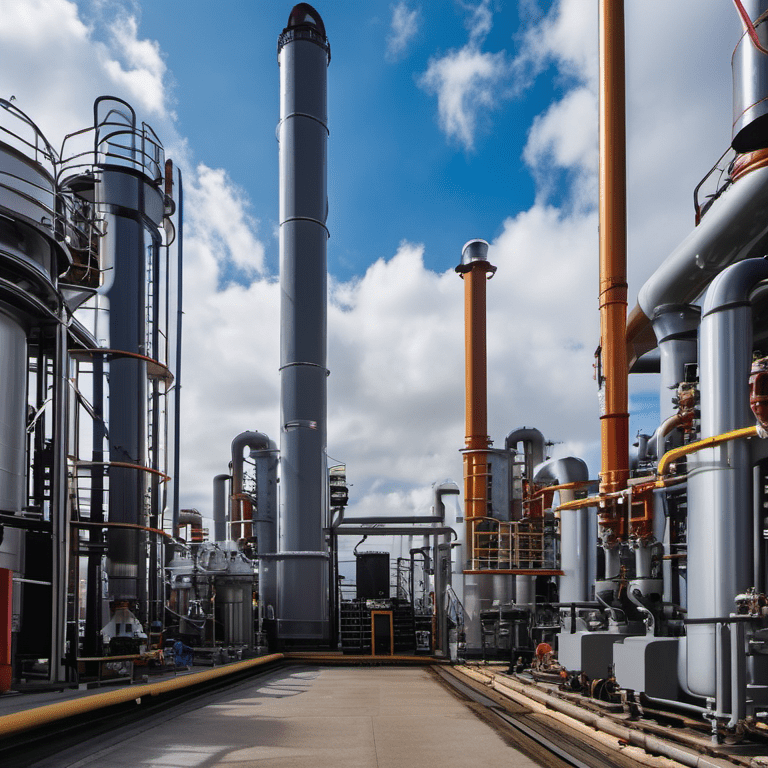Need:
The industrial gases sector is a critical component of the global economy, serving a wide range of industries from healthcare to manufacturing. However, it faces numerous challenges, including operational inefficiencies, supply chain disruptions, and environmental concerns. These issues necessitate the need for innovative solutions that can optimize operations, improve productivity, and reduce environmental impact. This is where machine learning comes into play.
Machine learning, a subset of artificial intelligence (AI), involves algorithms that improve through experience. It has the potential to revolutionize the industrial gases sector by providing predictive insights, automating processes, and enhancing decision-making capabilities.
Solution:
Machine learning can be applied in various ways in the industrial gases sector. For instance, predictive maintenance can be implemented using machine learning algorithms to analyze historical data and predict when equipment might fail. This allows for proactive maintenance, reducing downtime and saving costs.
Moreover, machine learning can optimize supply chain operations by predicting demand patterns and optimizing logistics. It can also enhance safety measures by predicting potential hazards and suggesting preventive actions.
Action:
To implement machine learning in the industrial gases sector, companies need to take several steps. First, they need to collect and organize relevant data from their operations. This could include data on equipment performance, supply chain operations, demand patterns, etc.
Next, they need to develop or adopt machine learning algorithms suitable for their specific needs. This might involve collaborating with AI specialists or technology providers.
Once the algorithms are ready, they should be trained using the collected data. The more data the algorithms are trained on, the more accurate their predictions will be.
Finally, companies need to integrate these algorithms into their operations and continuously monitor and adjust them as necessary.
Profit:
The benefits of implementing machine learning in the industrial gases sector are substantial. By predicting equipment failures before they occur, companies can avoid costly downtime and extend the lifespan of their equipment. By optimizing supply chain operations, they can reduce costs and improve customer satisfaction. And by enhancing safety measures, they can protect their employees and avoid potential legal issues.
Moreover, machine learning can help companies reduce their environmental impact by optimizing resource usage and reducing waste. This not only benefits the environment but also enhances the company’s reputation and could potentially open up new business opportunities.
Conclusion:
In conclusion, machine learning holds significant potential for the industrial gases sector. By leveraging this technology, companies can optimize their operations, improve productivity, reduce costs, and enhance safety measures. However, implementing machine learning requires a strategic approach that involves data collection, algorithm development, training, and integration. With the right approach and commitment, companies in the industrial gases sector can crack the machine learning code and reap substantial benefits.
